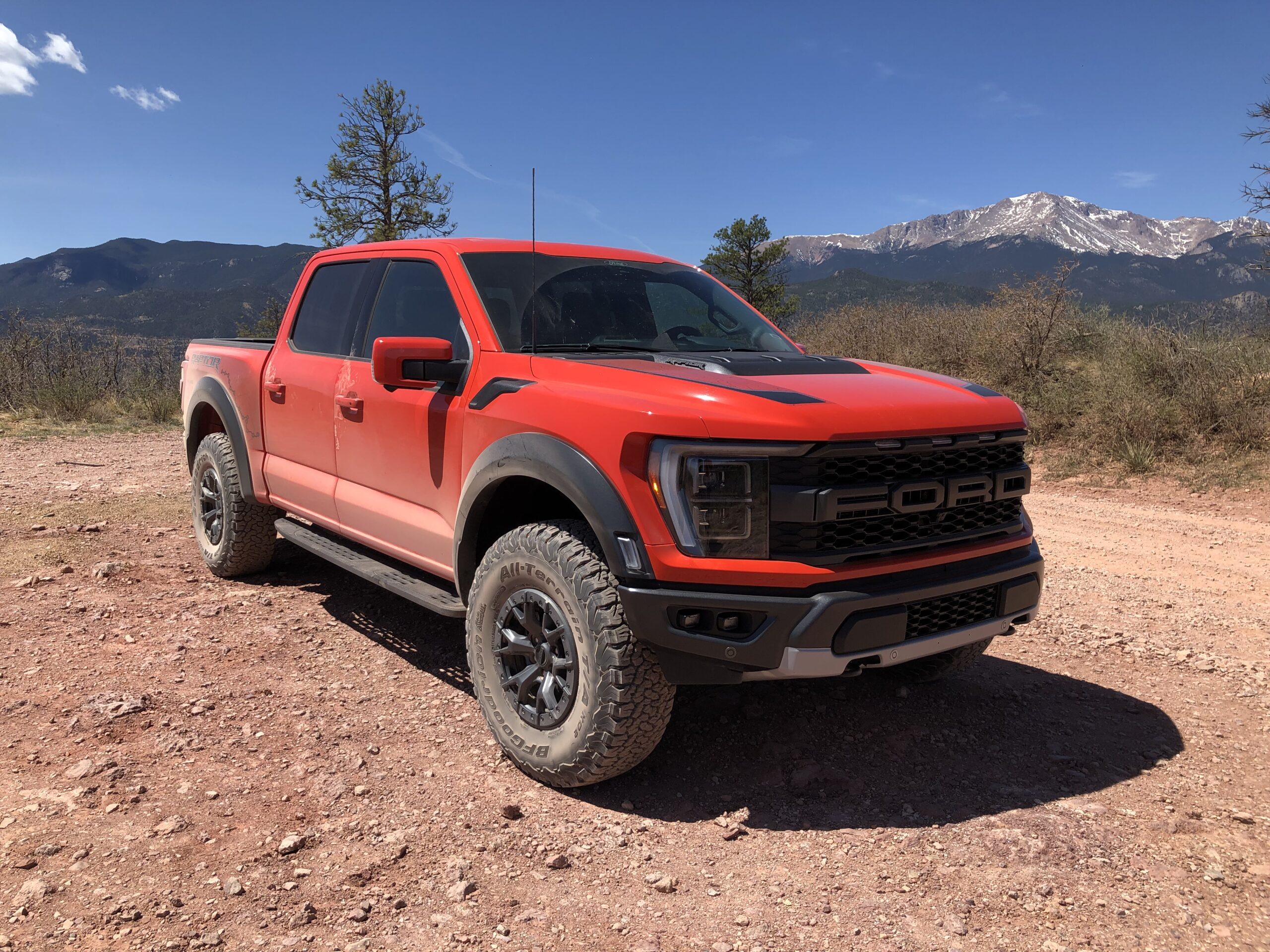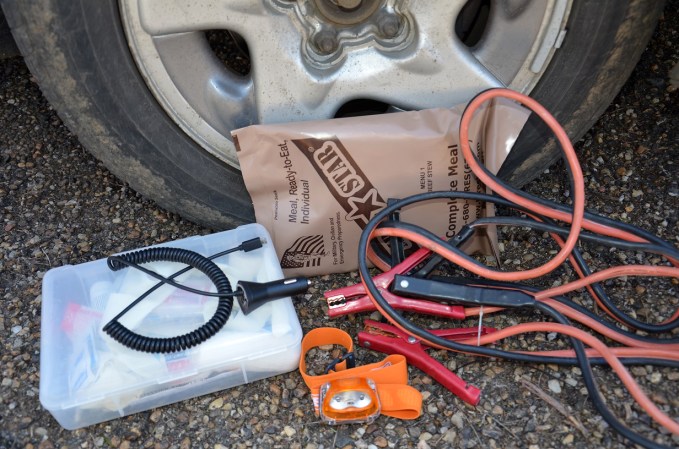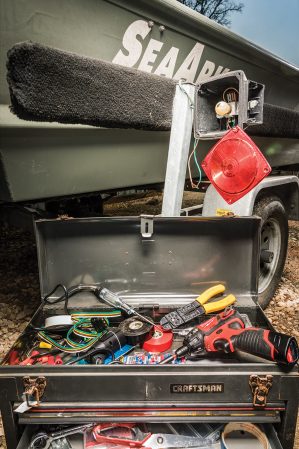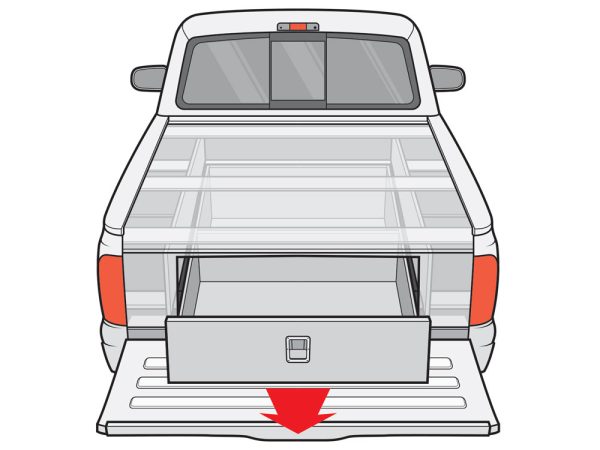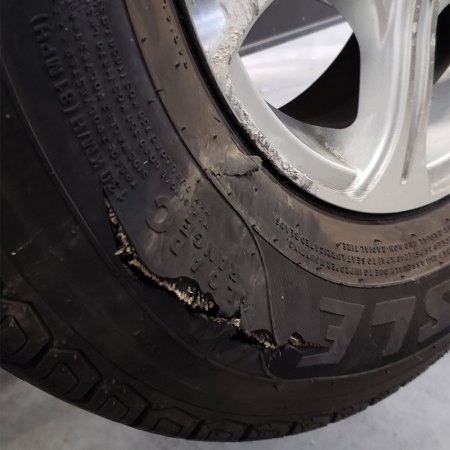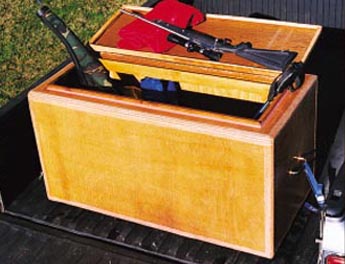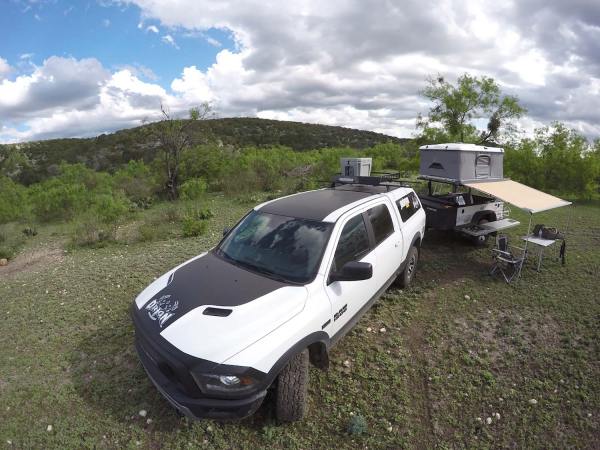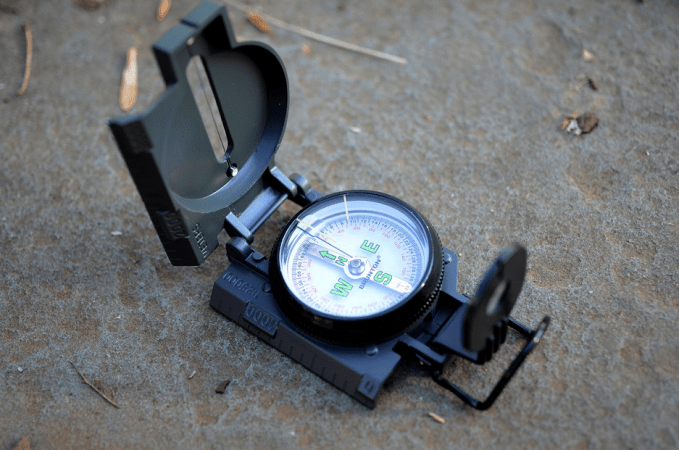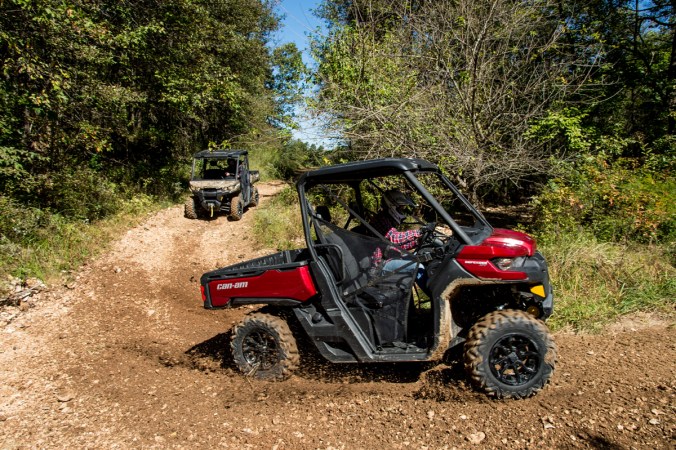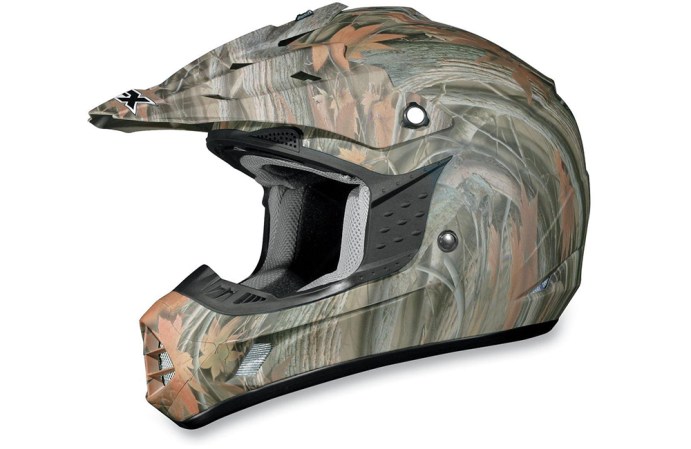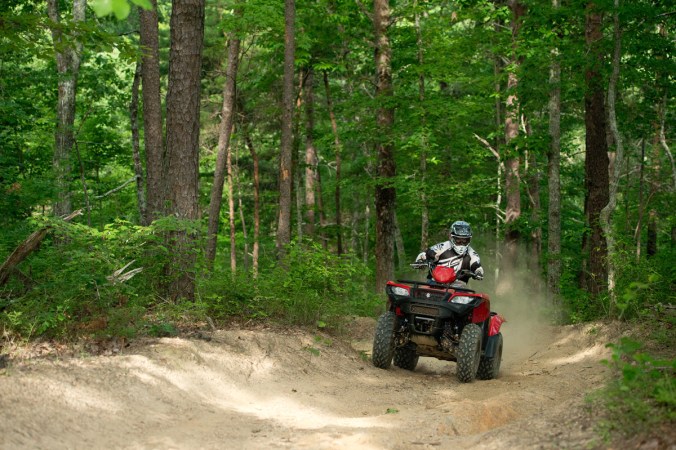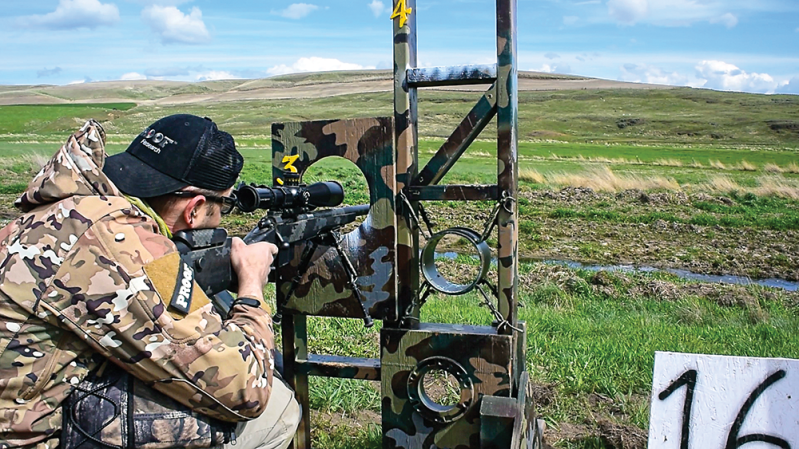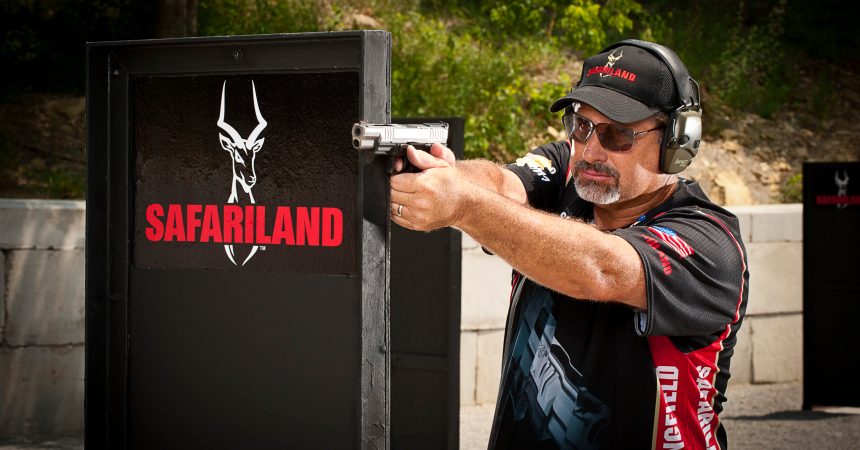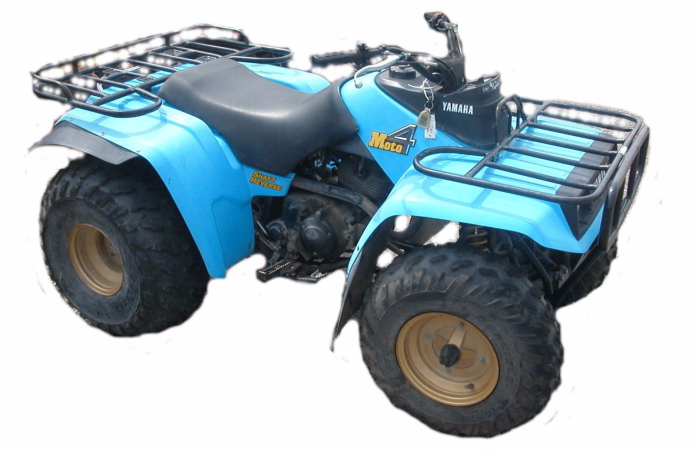We may earn revenue from the products available on this page and participate in affiliate programs. Learn More ›
Since its inception, the Ford F-Series has been designed to be a workhorse truck. The F-150 is an American classic, but by 2010, Ford was unhappy with the status quo. Ford was looking to find new ways to help its customers get jobs done faster, better, and more efficiently while incorporating modern technologies and creature comforts into a new design. While its commitment to the ubiquitous F-150 never wavered, the American automaker took the platform next level and introduced the F-150 SVT Raptor, an off-road monster.
Over the past decade, Ford steadily improved the Raptor, dropping “SVT” from the name along the way. With the Raptor now in its third generation, this newest version of the truck stays true to the original SVT concept. Ford’s execution matches off-road capability with more comfort and convenience than any half-ton truck it has ever produced.
The Raptor: A New Concept
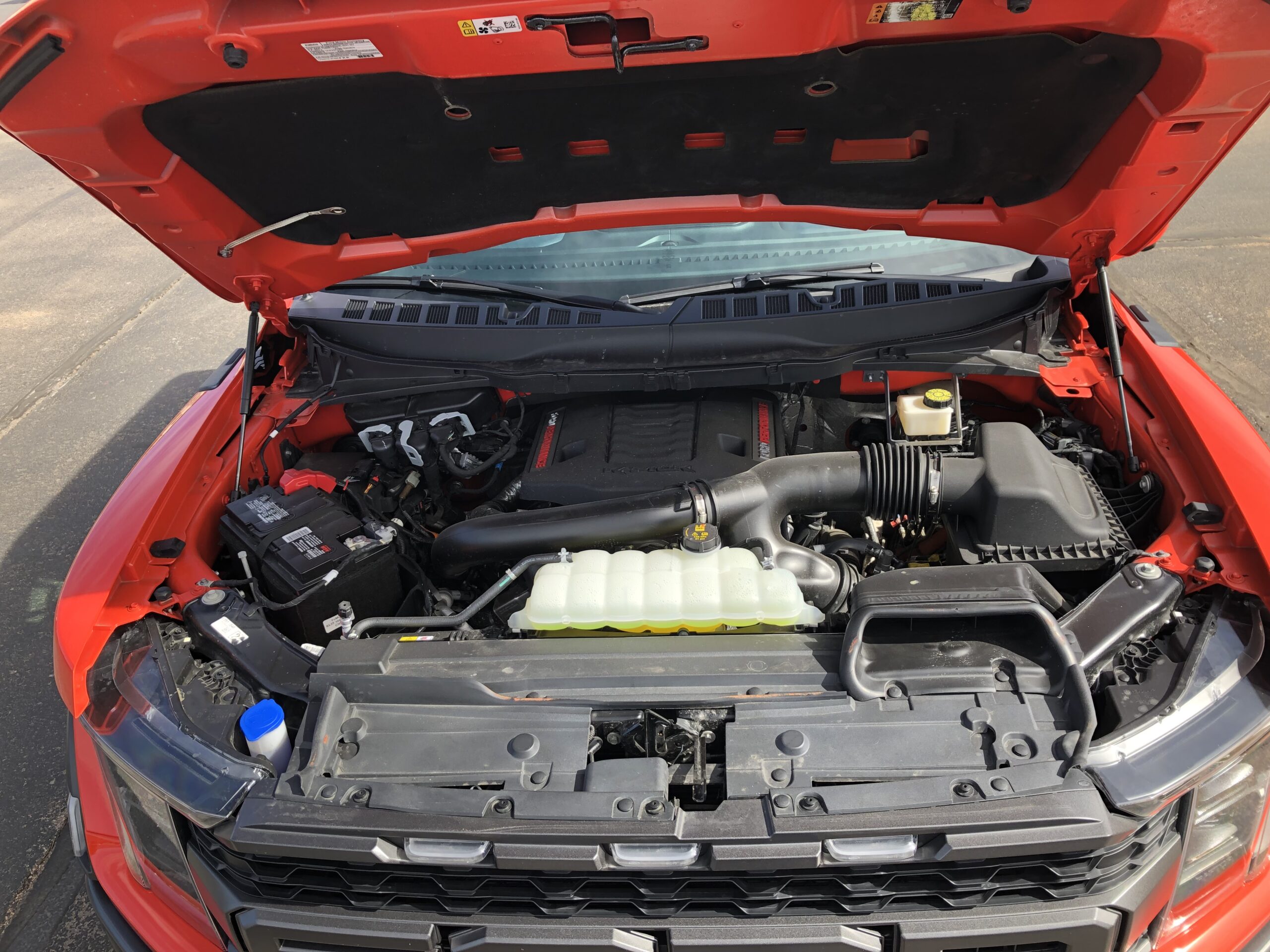
The F-150 Raptor is an unexpected evolution of the street truck wars of the 1990s and early 2000s. Developed by Ford’s Special Vehicle’s Team (SVT), the F-150 Raptor betrayed a desire to push the performance truck envelope by developing something new and different. After a decade producing two generations of the F-150 Lightning (decidedly not a work truck), Ford wanted to up its game and create something no other automaker had built before.
The original Raptor looked and performed like a street legal Baja 1000 race truck without sacrificing many creature comforts. It was designed for speed off road, resulting in a wider truck with more power, more torque, more ground clearance, and more suspension travel. While a factory Raptor would need a little tweaking before racing across the desert at scorching speeds, Ford’s first-gen Raptor was an impressive beast that even caught the U.S. Border Patrol’s attention. It was a dedicated off-roader that transformed the modern truck market, forcing Ford’s competitors to play catch up and produce trucks such as the Ram 1500 TRX, Toyota Tundra TRD Pro, and the GMC Sierra AT4X.
Ford Raptor Specifications
- Engine: V6 3.5-liter 450 horsepower
- Torque: 500 lb-ft
- Transmission: 10-speed shiftable automatic
- Drive Type: Four-wheel drive
- Combined MPG: 16 MPG
- Total Seating: 5
- Basic Warranty: 3 yr./ 36,000 miles
- Range: 360 (city) / 480 (highway)
- Fuel tank: 26 gallons
- Tow capacity: 8,200
- Payload capacity: 1,410
- Bed length: 5-foot, 7 inches
- Ground clearance: 12 inches
- MSRP: $70,555
First Impressions of the Ford Raptor
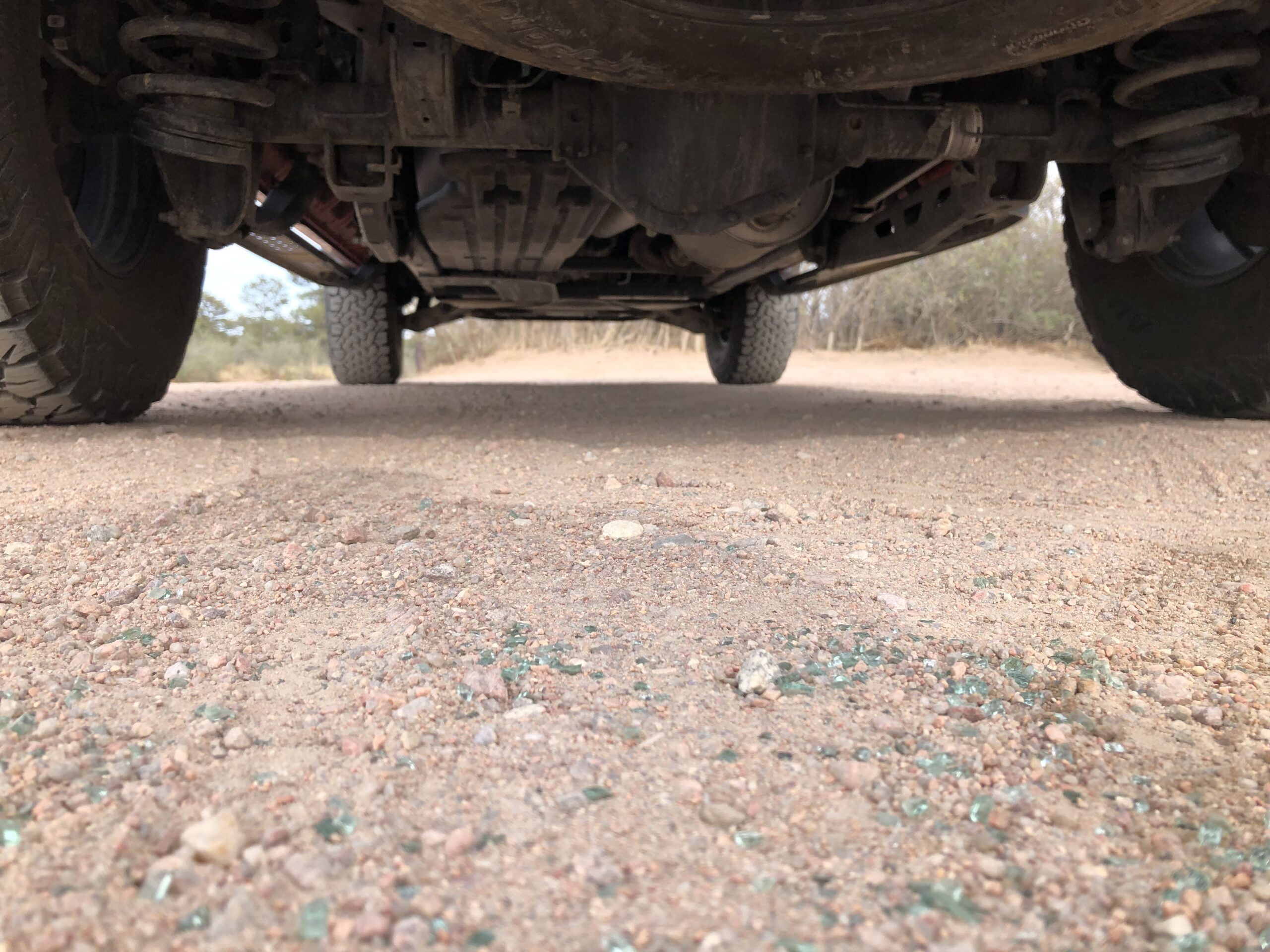
Upon first encountering the aggressive third-gen Raptor, I immediately noticed its wide base and boulder-like 37-inch tires, The massive grille and black-out headlights give it a disproportionately sprawling front end which I found off-putting compared to older Raptors. My test truck had a bold orange exterior which contrasted nicely with the black wheels and trim.
Inside, the truck boasted an eye-catching blue interior, an expensive yet refreshing upgrade compared to the more traditional basic black found in most trucks. The cab was quite spacious without feeling cavernous. The seats, leg room, and front head room were more than ample for my 6-foot-plus frame. On the flip side, I was not a fan of the 12-inch touchscreen, although I did appreciate the horizontal orientation as compared to vertical screens found on older vehicles. On the overhead console, the Raptor sported six auxiliary switches which is a very nice touch.
Upon startup, the Raptor inspires a feeling of power, although the twin turbo V6 lacks the rumble of a V8. While younger drivers might not care as much, I found this quite disappointing considering the truck’s eight-cylinder roots. (Thankfully, a V8-powered Raptor R is slated to come out in 2023 but expect a high price tag.) Once I hit the accelerator, however, any tears spilled over Ford’s engine choice cleared up instantly.
Power and Suspension Give Raptor an Edge
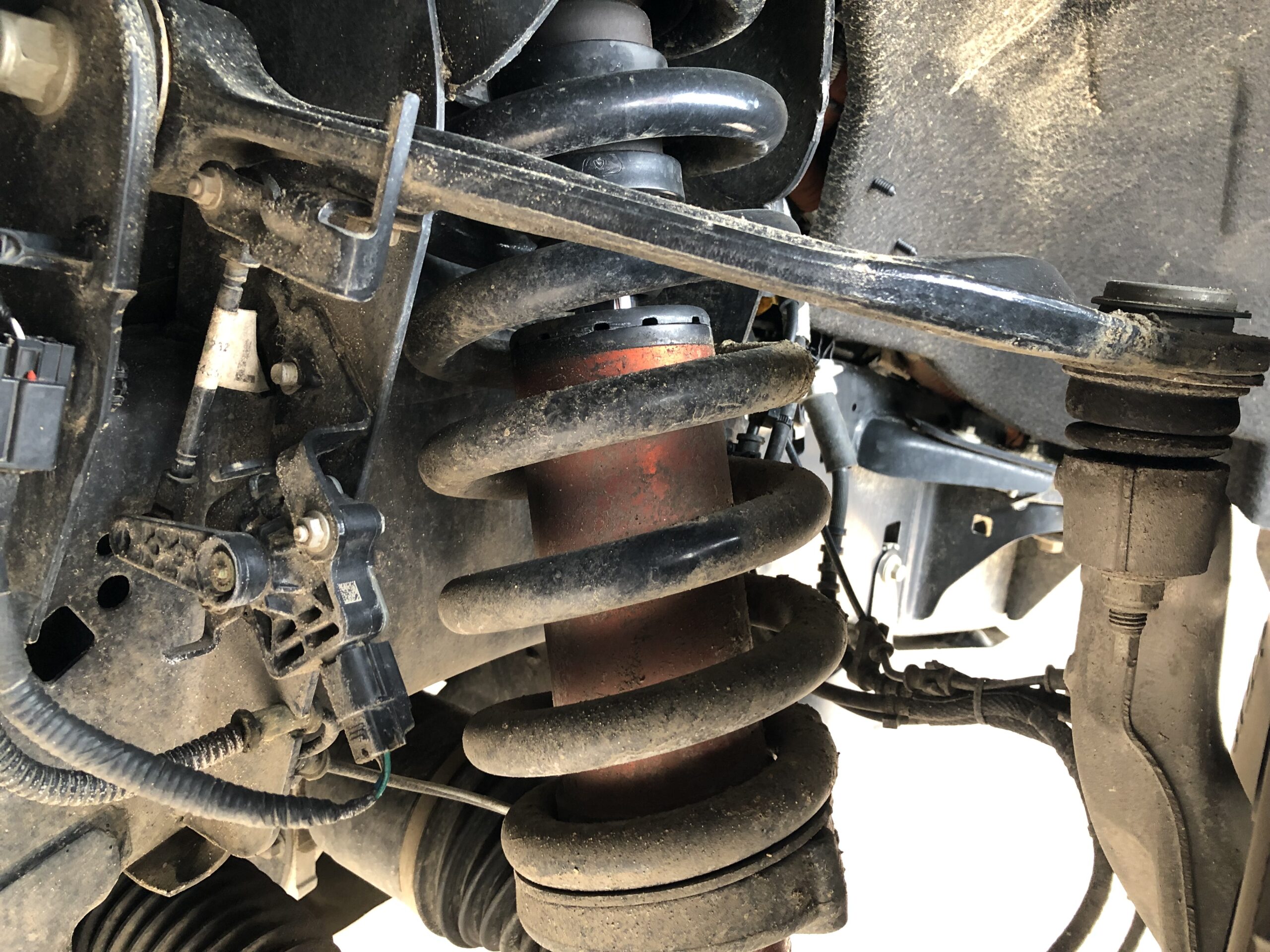
Clearly, the Raptor is no ordinary F-150, but it’s fair to ask what makes this Raptor special. While Ford did include plenty of technological and design upgrades to the truck, the engine and shocks make all the difference.
The high-output twin turbo 3.5-liter EcoBoost V6 is not new to the Raptor, but it does stand out from the competition. Compared to the original eight-cylinder offerings of the first-gen Raptor, this powerplant is a step above. The original offering’s 5.4-liter (310 horsepower and 365 lb-ft of torque) and 6.2-liter (411 horsepower and 434 lb-ft of torque) V8s put out less power and torque than the high-output EcoBoost’s 450 horsepower and 510 lb-ft of torque. Honestly, any half-ton truck putting out more than 300 horsepower and 300 lb-ft of torque is respectable, but the new Raptor’s output is downright ridiculous.

The other major performance improvement are the upgraded Fox shocks. Many off-roaders rely heavily on Fox to provide them with high-end shocks, but the new ones on the Raptor are the result of a unique collaboration between Fox and Ford. The Raptor’s new shocks build on the success of the second gen’s Fox Live Valve suspension system. In short, the new shocks combine off-road racing shocks with truck-mounted sensors and an on-board computer to adjust the truck’s ride based on driver input and terrain changes. It’s a bit complex, but if you want to understand the system better, Fox has both a Live Valve overview as well as a technical breakdown worth checking out.
What the F-150 Raptor Does Right
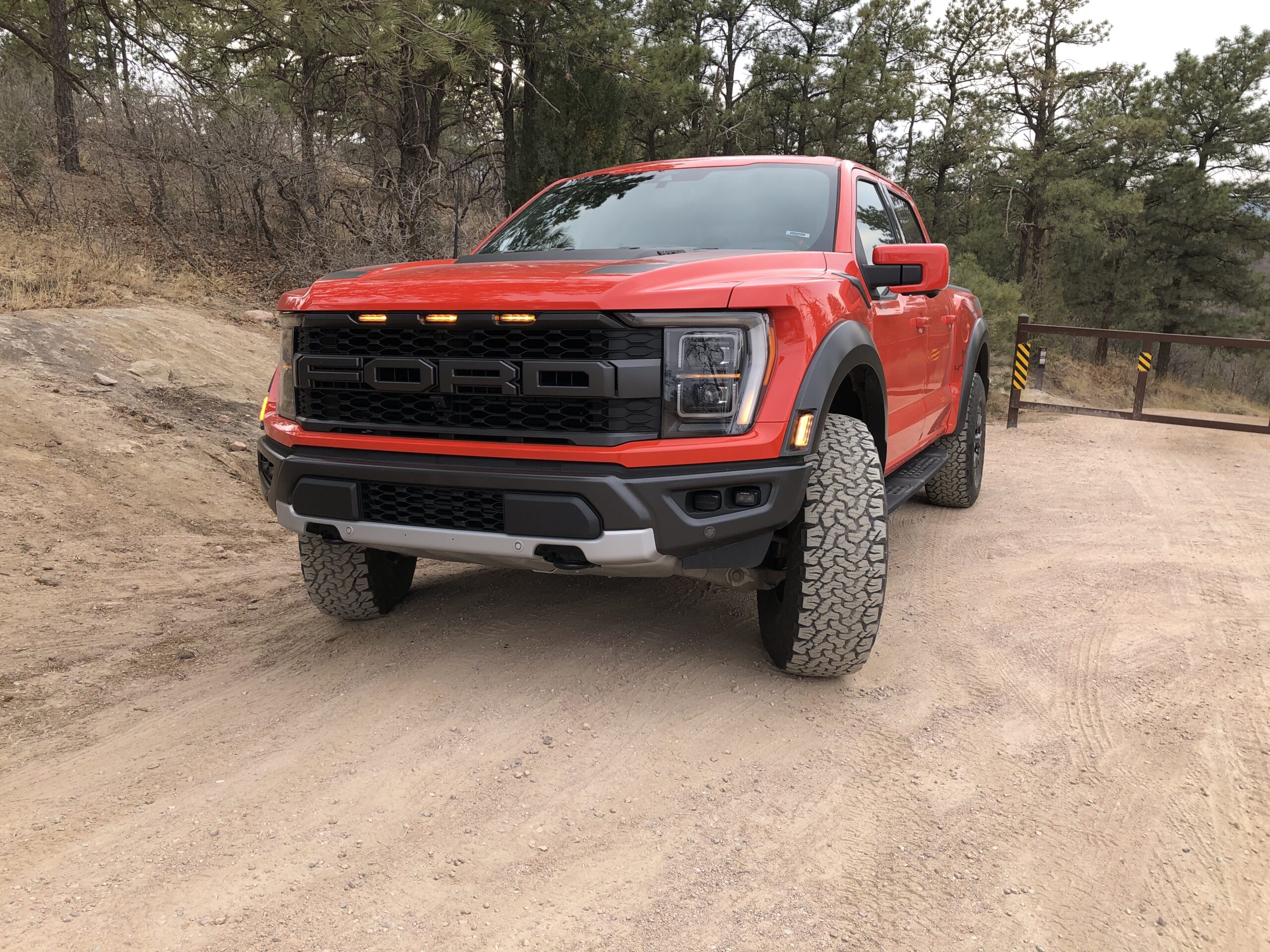
The third-generation Raptor is an accomplished rig that continues to build upon its reputation.
- Despite its massive size, the Raptor feels narrower than it is which makes it much more driver-friendly than expected.
- The 3.5-liter twin turbo V6 is a high-output engine. With 450 horsepower (5800 RPM) and 510 lb-ft of torque (3000 RPM) and a 4.10 to 1 rear axle ratio, this truck accelerates very well and is a blast to drive.
- With tons of off-road goodies (standard and optional), increased ground clearance, and very good under-truck angles (approach, breakover, and departure), the Raptor performs very well off-road. Standard features include a two-speed electronic transfer case, tons of skid plates, dual front and dual rear tow hooks, and an electronic locking rear differential. Optional upgrades include a Torsen limited slip front differential and 37-inch BF Goodrich KO2 tires on 17-inch wheels.
- In line with other F-150s, the new Raptor includes multiple drive modes that are easy to use, including two 4×4-only modes: Baja (4 Hi) and Rock Crawl (4 Lo). Ford managed to strike a solid balance between mode specificity and ease of use.
- The new Fox shocks make for an incredibly comfortable yet appropriately firm ride with good feedback in all the road and trail conditions I experienced with the truck.
- This half-ton’s steering wheel controls are plentiful, but I found most of them easy to use without being too distracting.
- The truck has both seat and steering wheel memory systems that save settings for up to three different drivers.
- The integrated folding under-seat cargo bin in the rear is handy for odds and ends, although I can’t help wondering how well it will handle heavy use.
- The Raptor has plenty of support for electronics and power accessories. Power outlets and USB ports are plentiful inside the cab, and the pre-wired auxiliary switch panel on the overhead console can accommodate up to six power accessories.
- Tech-lovers will appreciate the truck’s integrated 4G Wi-Fi as well as the expansive 12-inch touchscreen infotainment system.
- Ford offers tons of options for the Raptor, including an integrated navigation system (three-year service included), the Raptor 37 Performance Package (37-inch tires instead of the standard 35s), a tow package, a power tailgate, rear seat heaters, a bed-mounted power outlet, the handy Pro Trailer Backup Assist system, an 18-speaker Bang & Olufsen sound system, and the Convenience Package which includes folding console lid/workspace/desk, a feature I particularly liked.
Where the F-150 Raptor Falls Short
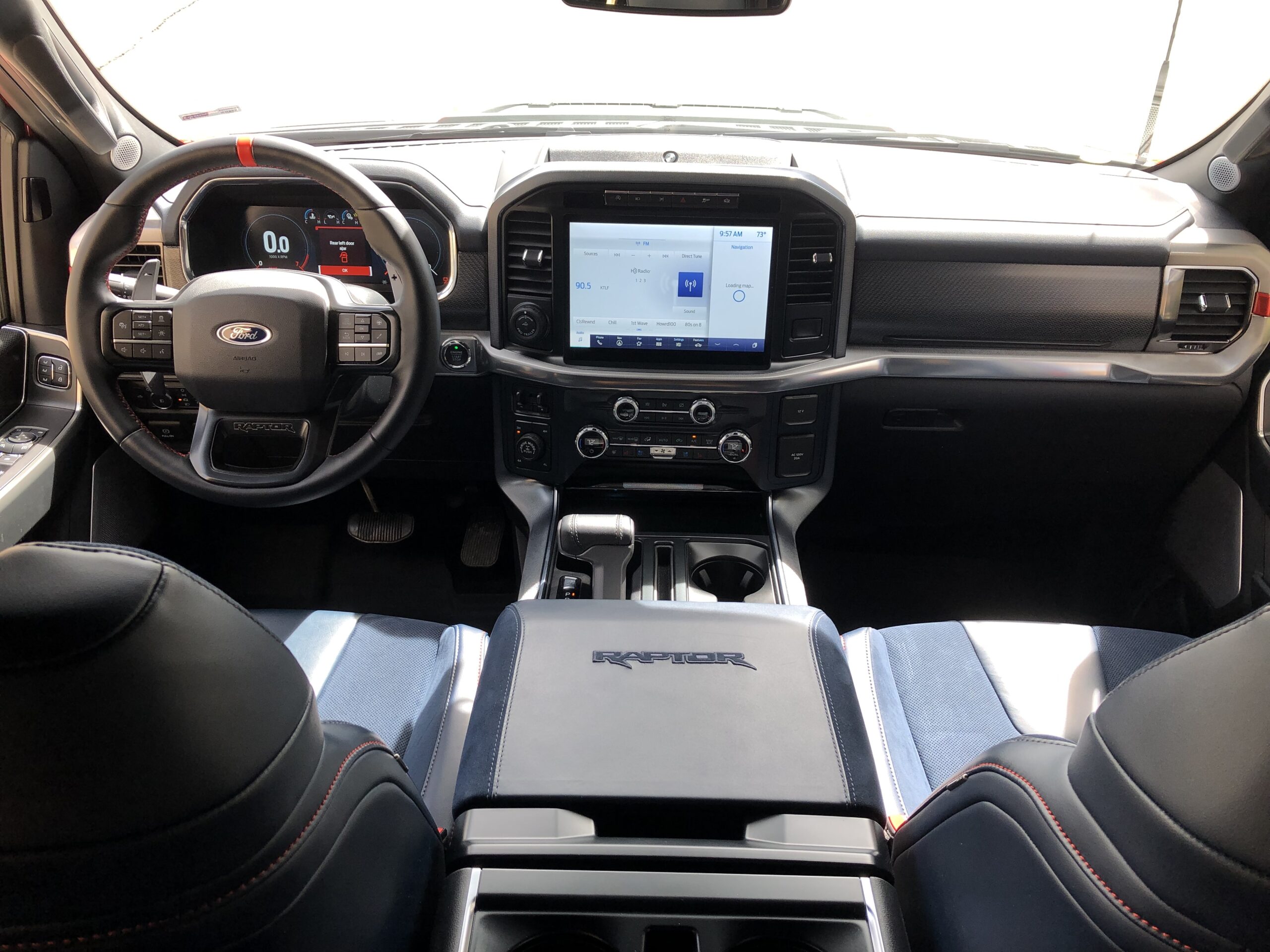
As awe-inspiring as the Raptor is, it does fail to meet expectations in a handful of areas.
- The Raptor is an expensive truck. An optionless 2022 model registers at $70,555 without delivery fees, incentives, etc.
- Despite the feeling behind the wheel, this is still a wide truck which means it simply cannot go certain places.
- Yes, the EcoBoost is a V6, but no, it does not get good fuel economy. It earned an EPA rating of 15 MPG in the city and 16 MPG on the highway for a combined 15 MPG, dismal by today’s half-ton standards.
- In terms of both payload and tow ratings, the Raptor underperforms. While it does beat out the Ram 1500 TRX, the Ford’s 1,410-pounds max payload and 8,200-pound max towing capacity fail to match even the most budget-conscious half-tons on the market. A significant drawback for hunters in need of a truck that can haul or carry a lot of gear.
- This F-150’s paddle shifters are a little slow to respond. While most hunters likely won’t mind too much, it does mean that “manual” shifts on mountain roads could cause irritation for a select few.
- The roof above the rear seat is a bit low, and taller individuals sitting back in their seats certainly will notice.
- As with any turbocharged (or supercharged) engine, the EcoBoost will never be a DIYers favorite repair subject. The motor takes up lots of space in the engine bay which will make some repairs more complicated than non-boosted engines. Notably, Ram’s 5.7 Hemi with eTorque takes up much less space, making it much easier to access.
- I dislike Ford’s Automatic Lane Centering feature. The feature turns on any time adaptive cruise is engaged, giving the Raptor a sort of budget version of Ford’s BlueCruise or GM’s more advanced SuperCruise but without the real benefits of either system. I found that the centering feature interfered with my highway driving by automatically adjusting the steering wheel when it felt I was too close to a lane marker. Sometimes, it was right, and while it never left me feeling unsafe, it did make me feel as though I was not in full control of the vehicle.
- The touchscreen a bit distracting while driving. Thankfully, the screen can be turned off until you need it, at which point, a simple touch will turn it back on.
Should Hunters and Anglers Buy a Raptor?
While the Raptor certainly has the off-road chops to tackle most trails and dirt roads, its width, low payload and towing ratings, and high price tag are a poor combination for most hunters, making a standard F-150, such as the Tremor, a much better fit. Still, it’s a blast to drive, so if you want a toy that can double as a tool, the Raptor is a fine choice, but it’s not meant to be weighed down by a trailer load of decoys or a bed full of elk meat.
Build the Perfect Ford Raptor
If you decide to pull the trigger on an F-150 Raptor as your next hunting rig, make sure to choose your extras carefully as each add-on chips away at the truck’s already miniscule payload rating. In terms of factory upgrades, I recommend sticking with a spray-in bedliner ($595), TruXedo XLP Soft Roll-up Tonneau Cover ($549), and the Convenience Package ($1,670) with the Tow Technology Package, navigation system, rear under seat folding storage bin, and console-mounted folding work surface. When you are ready to take the plunge, you can start by visiting Ford’s Build & Price page.
